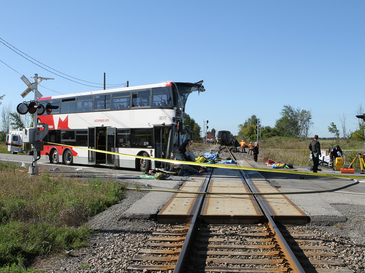nfitz
Superstar
It would effect it negatively, that for sure.This whole VIA-CN feud over the 5-car Venture sets got me wondering... How will this affect the Northlander's 3-car sets on CN trackage?
I don't know how the immediate solution to this is not to order CN to fix their crossings, and put staff at each and every crossing to flag traffic in case the CN equipment fails again.





